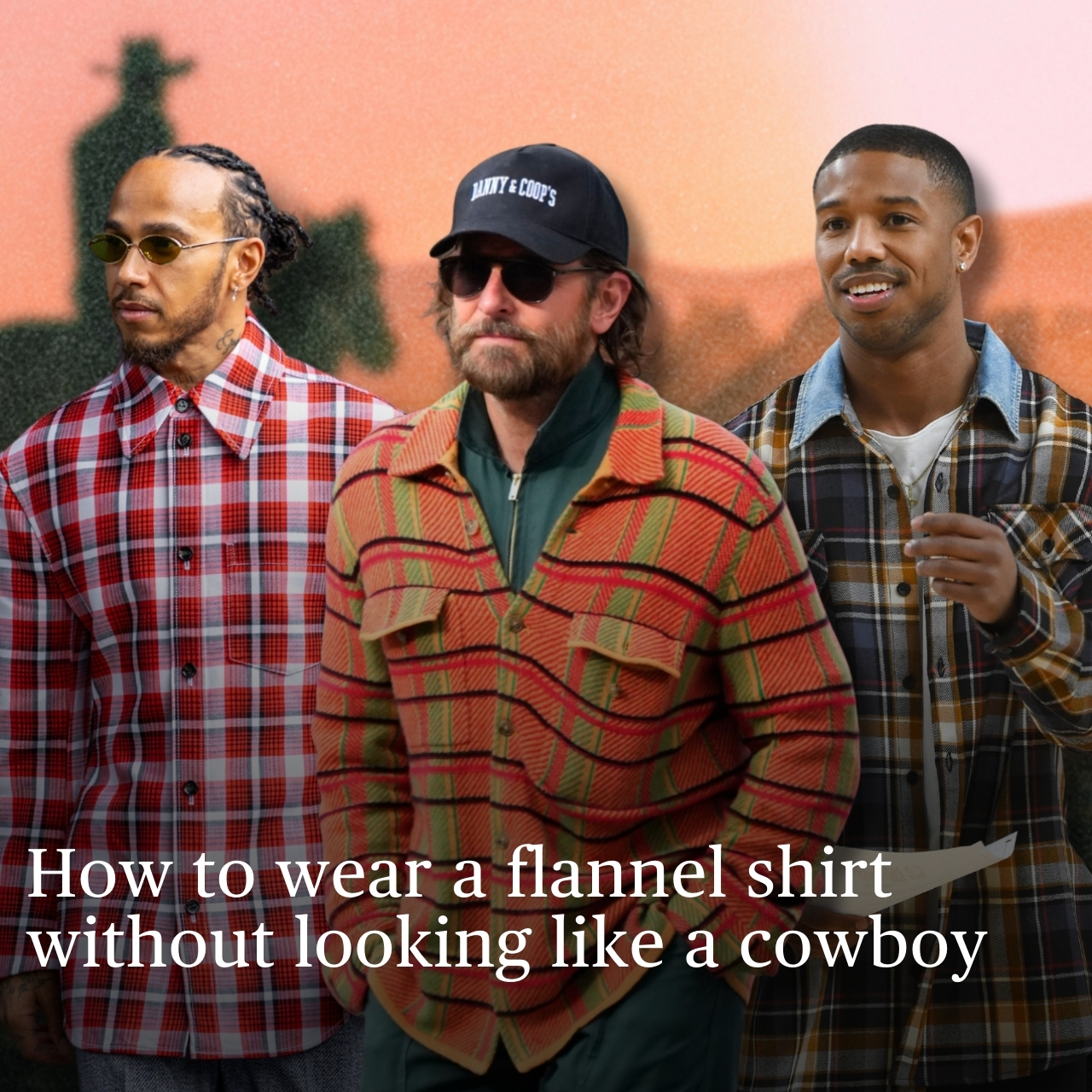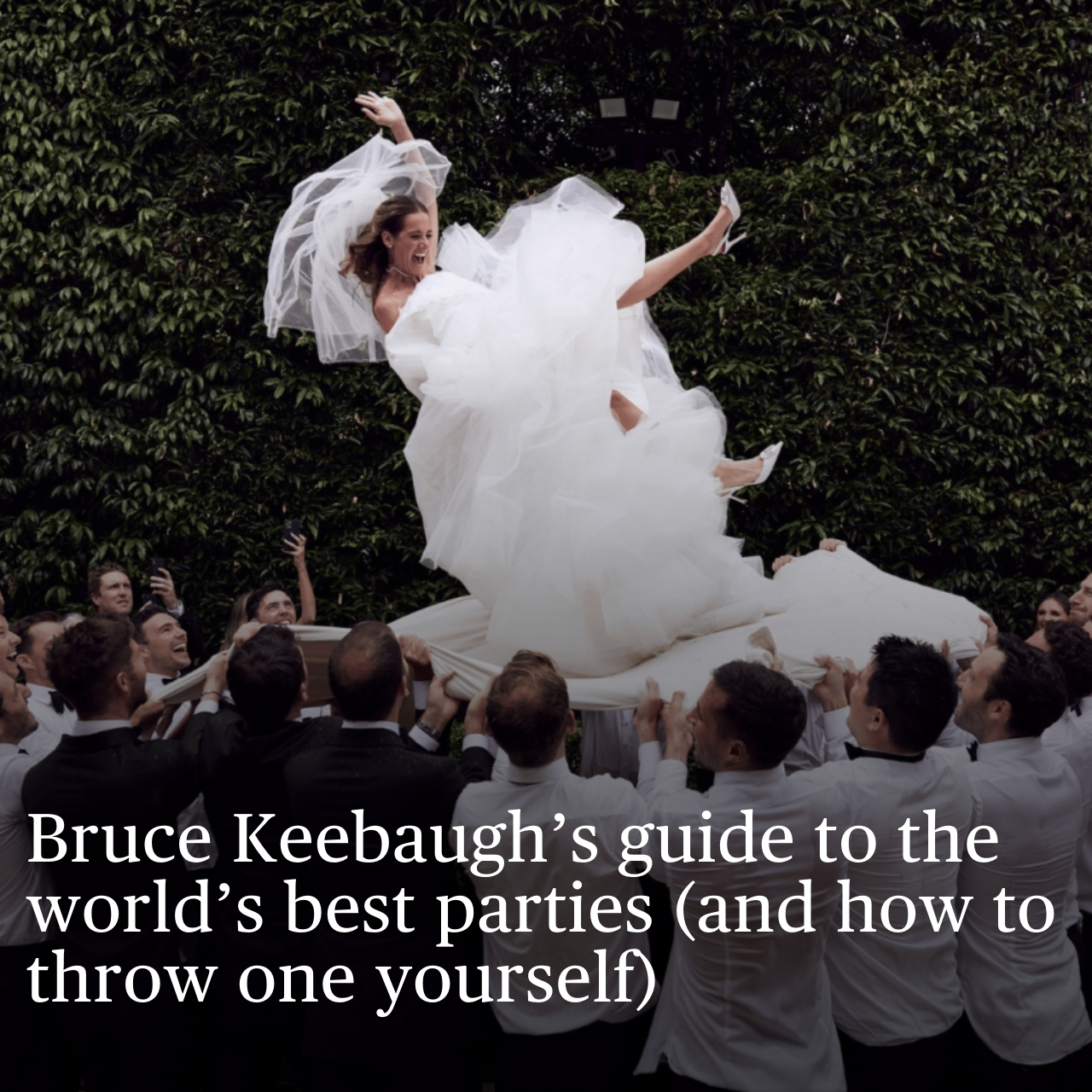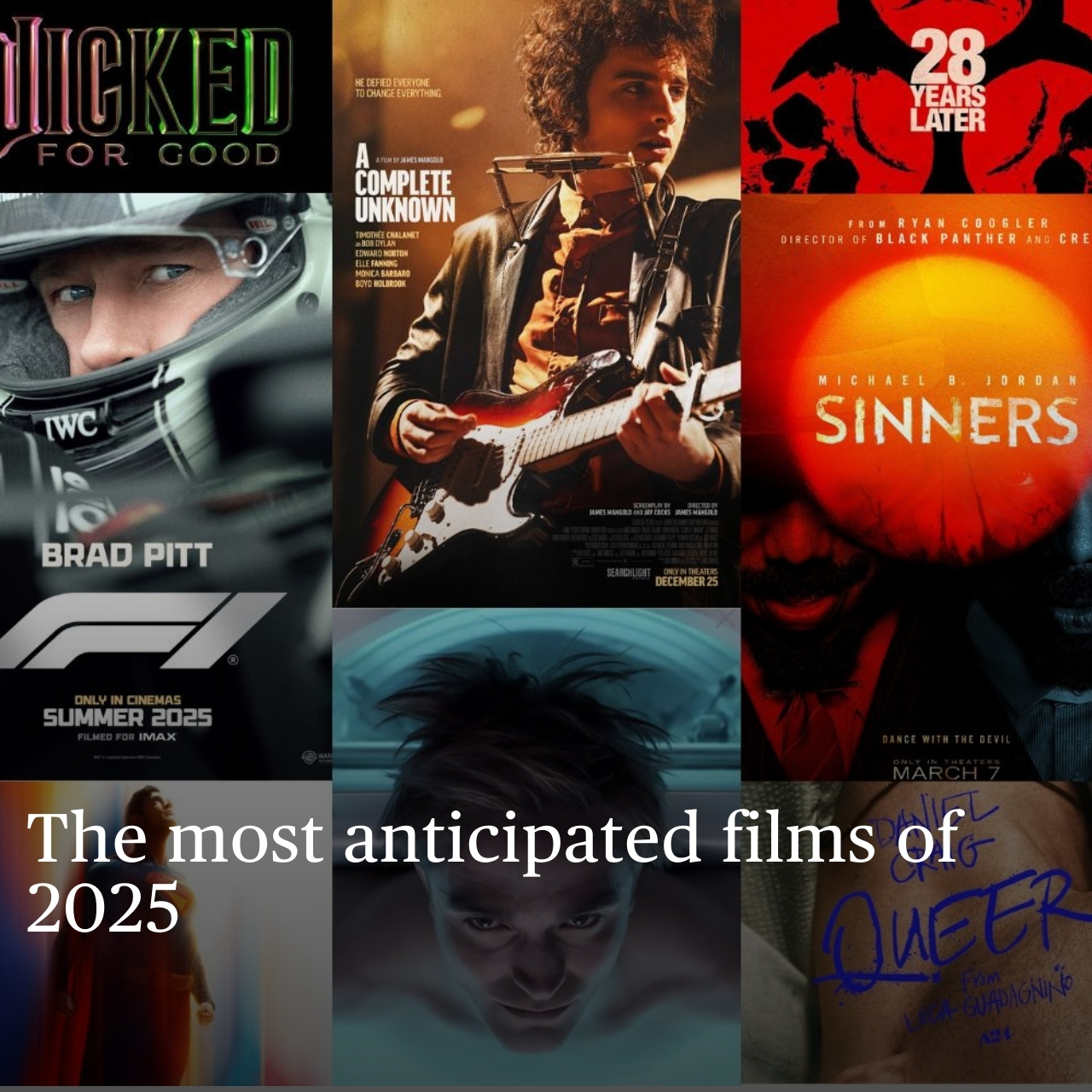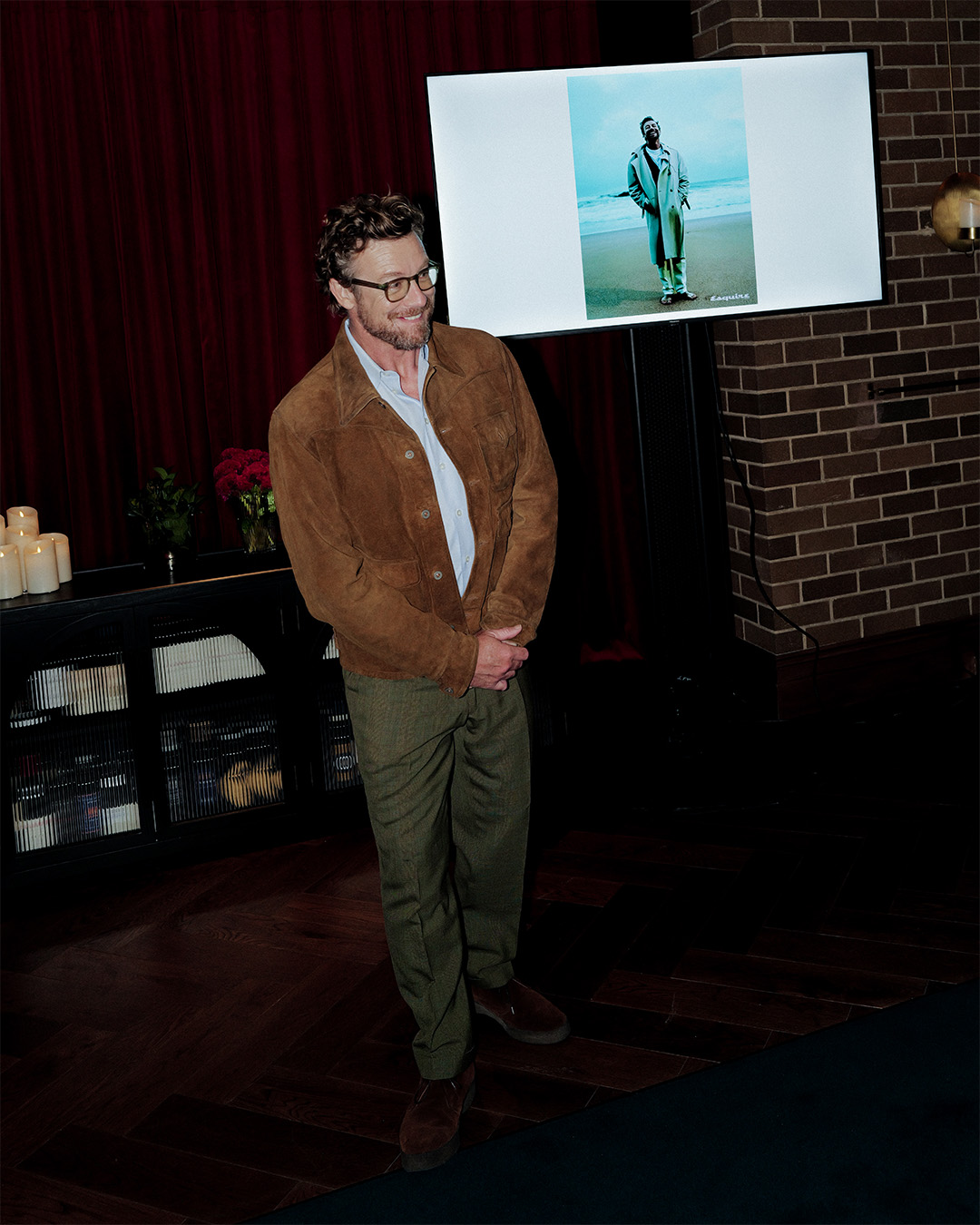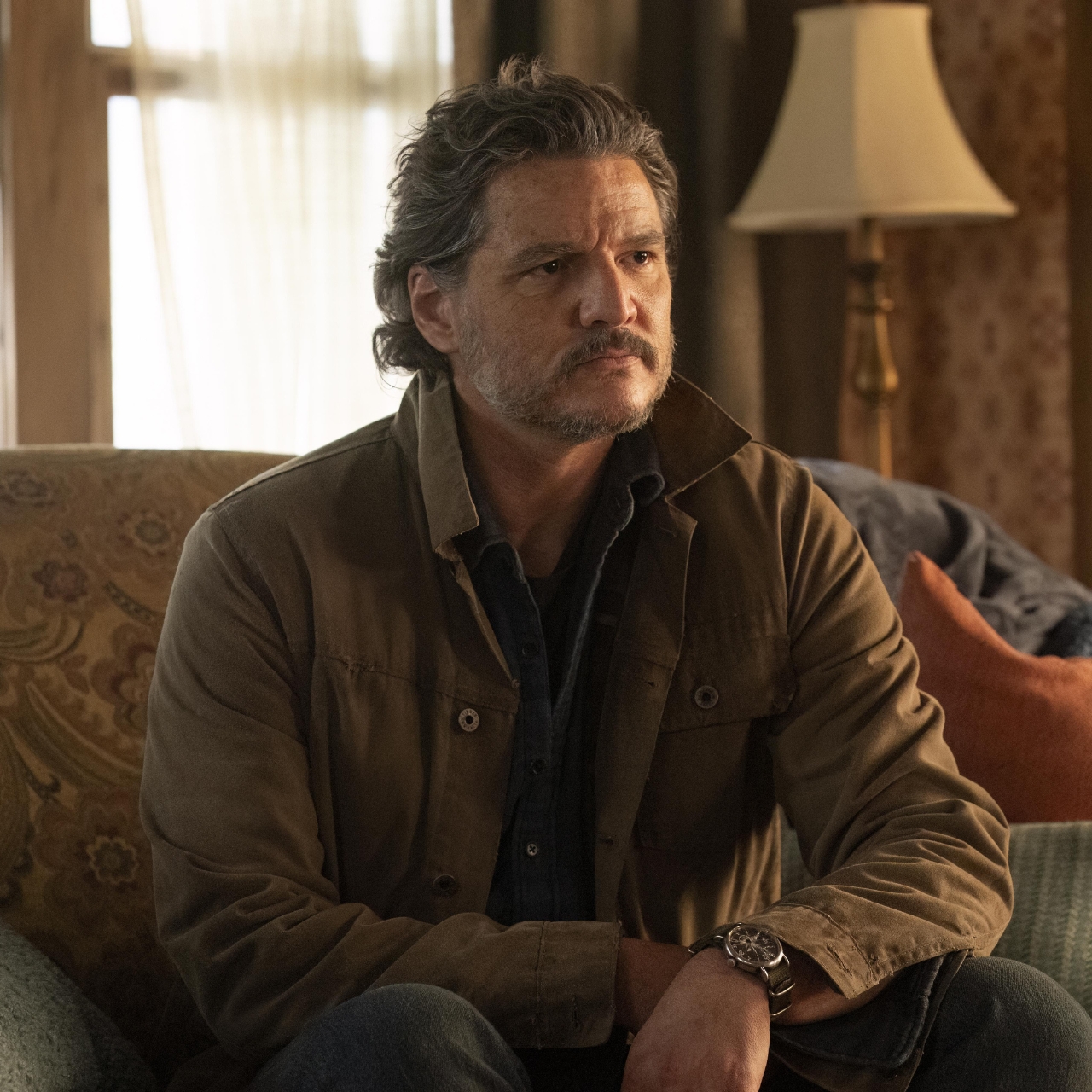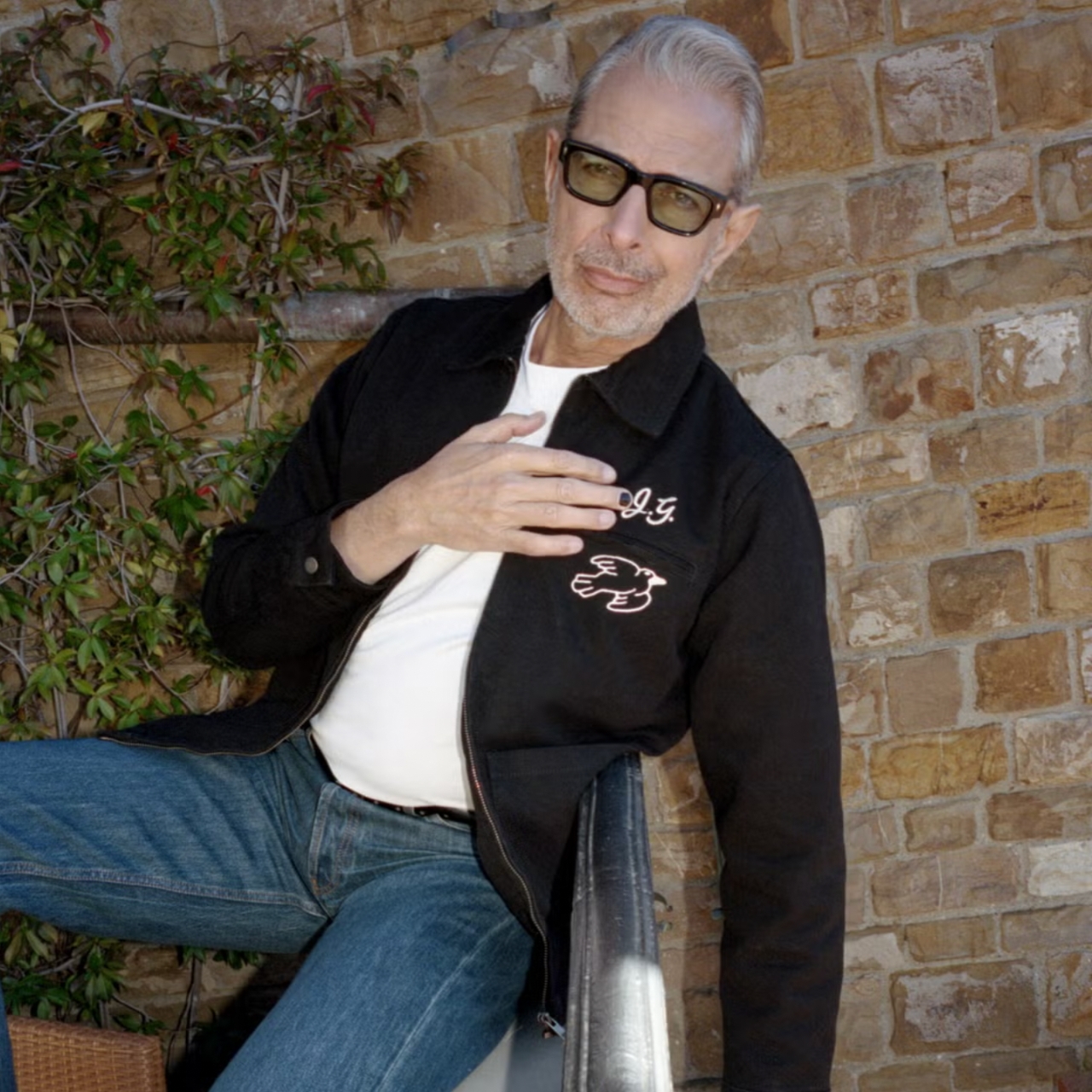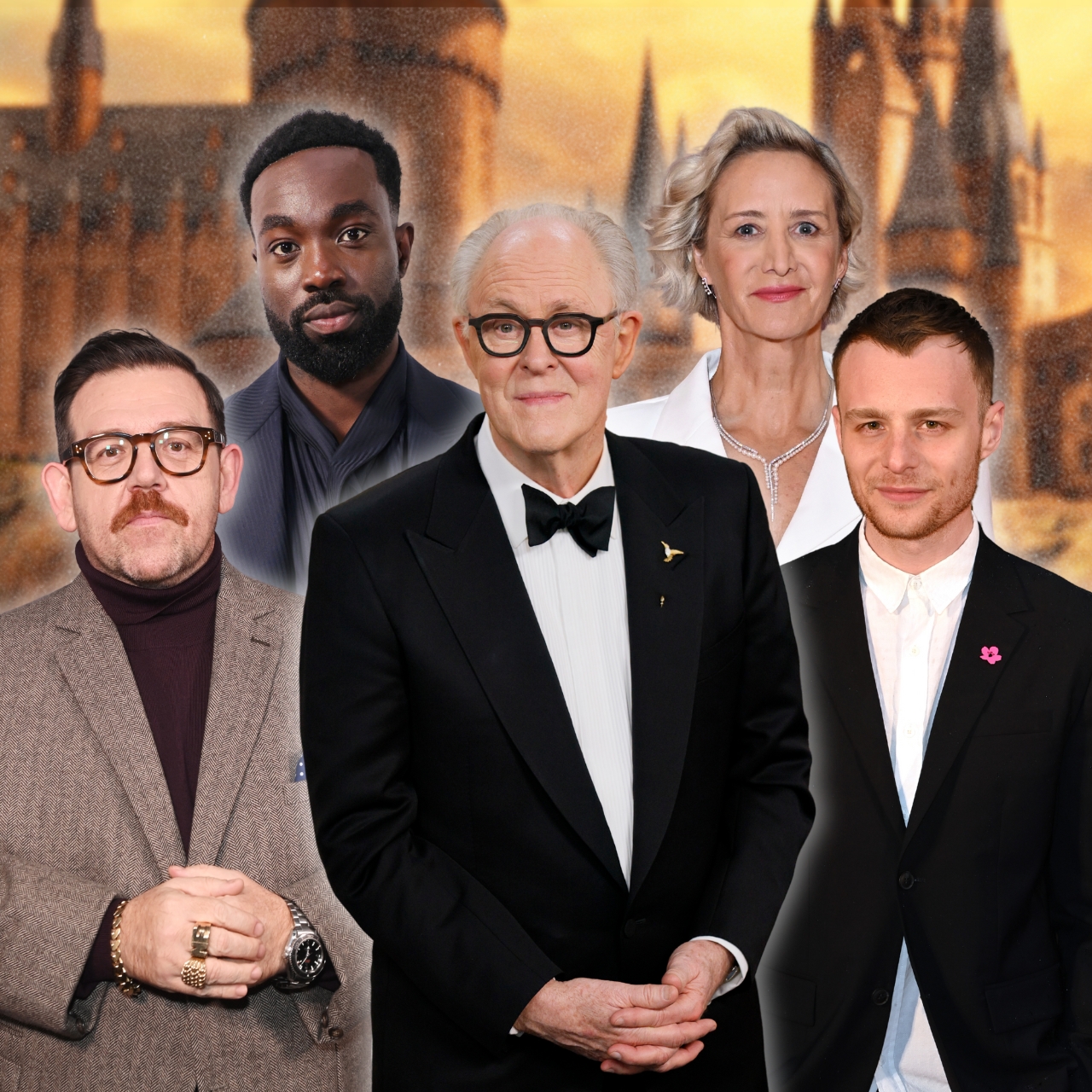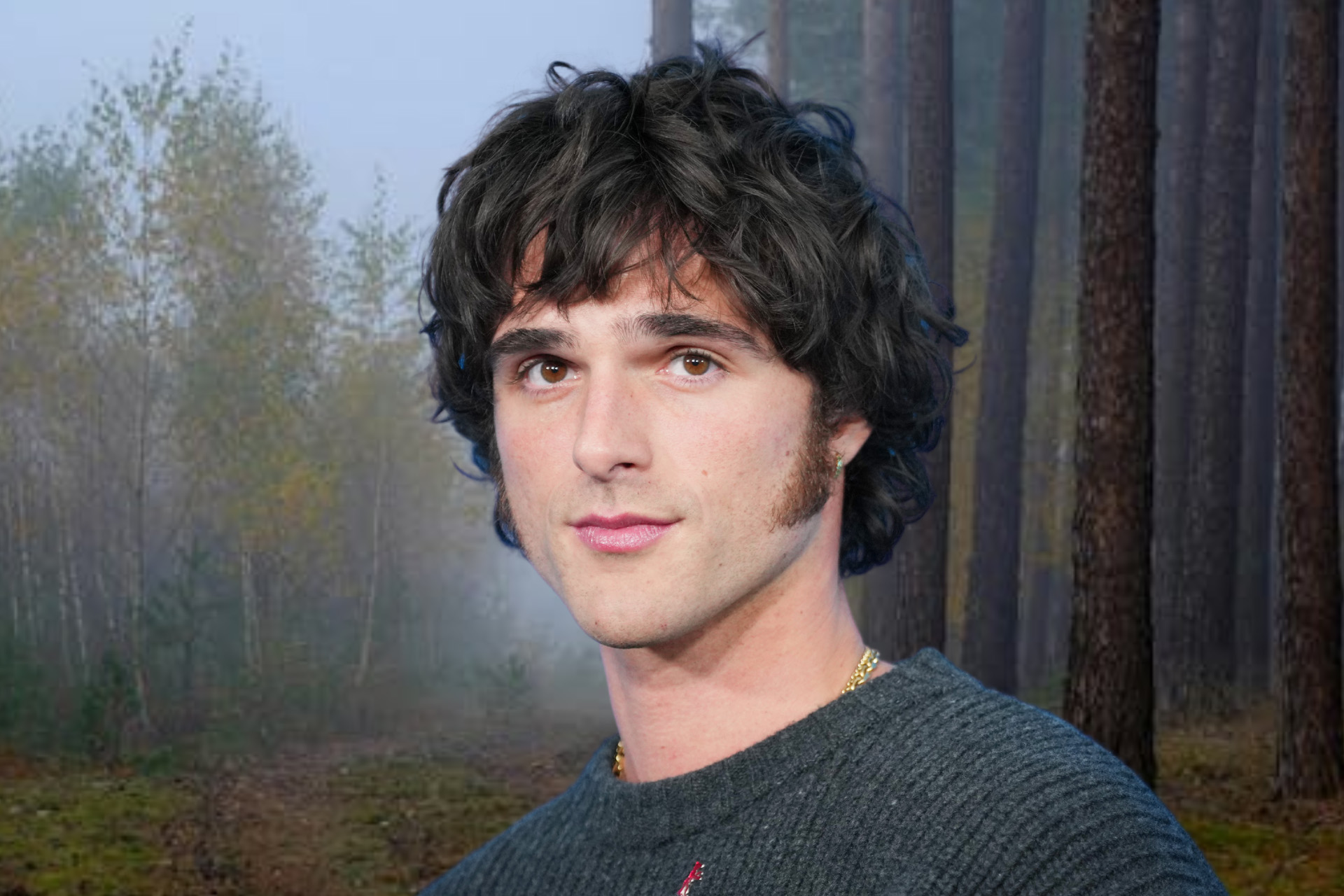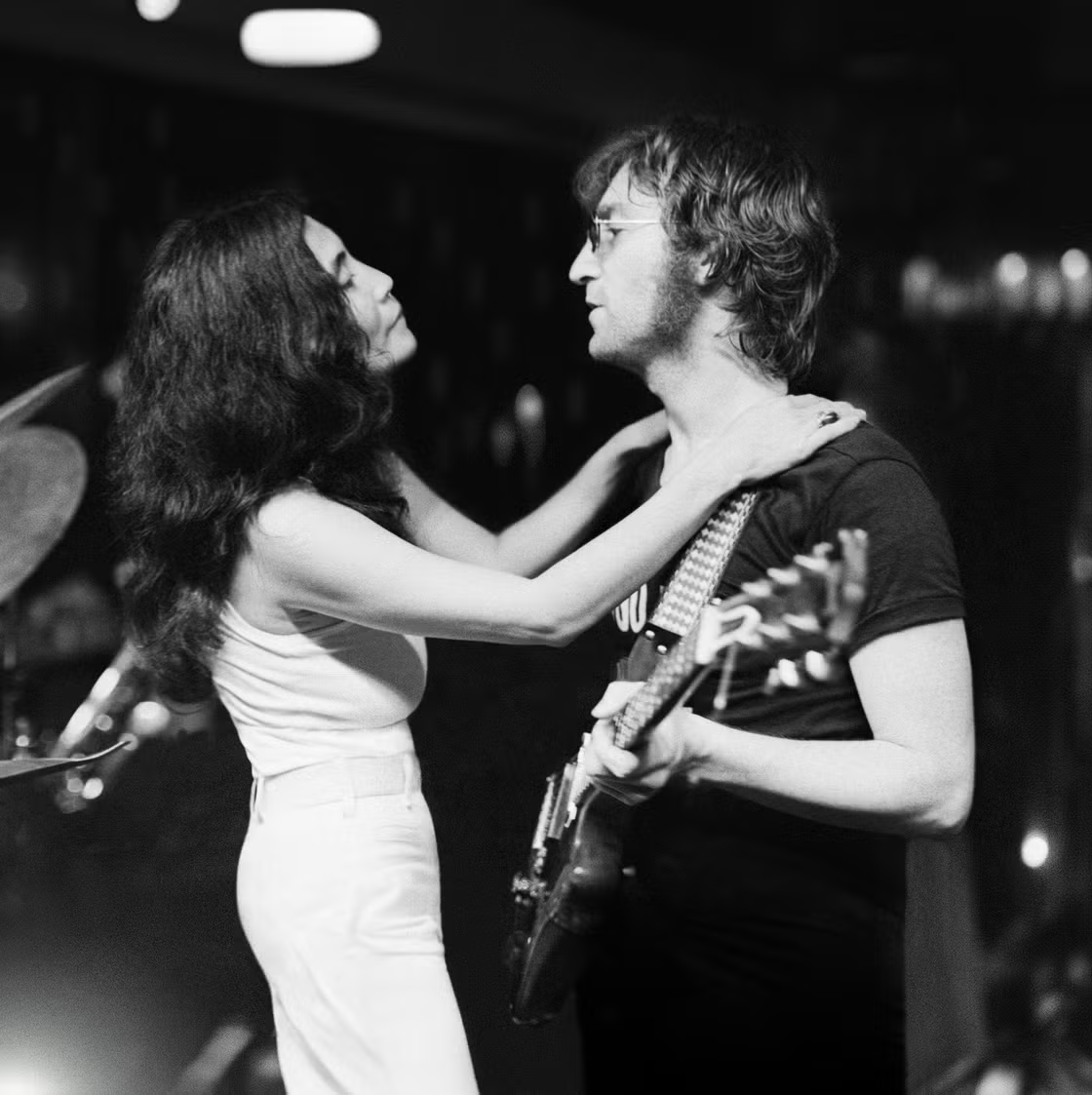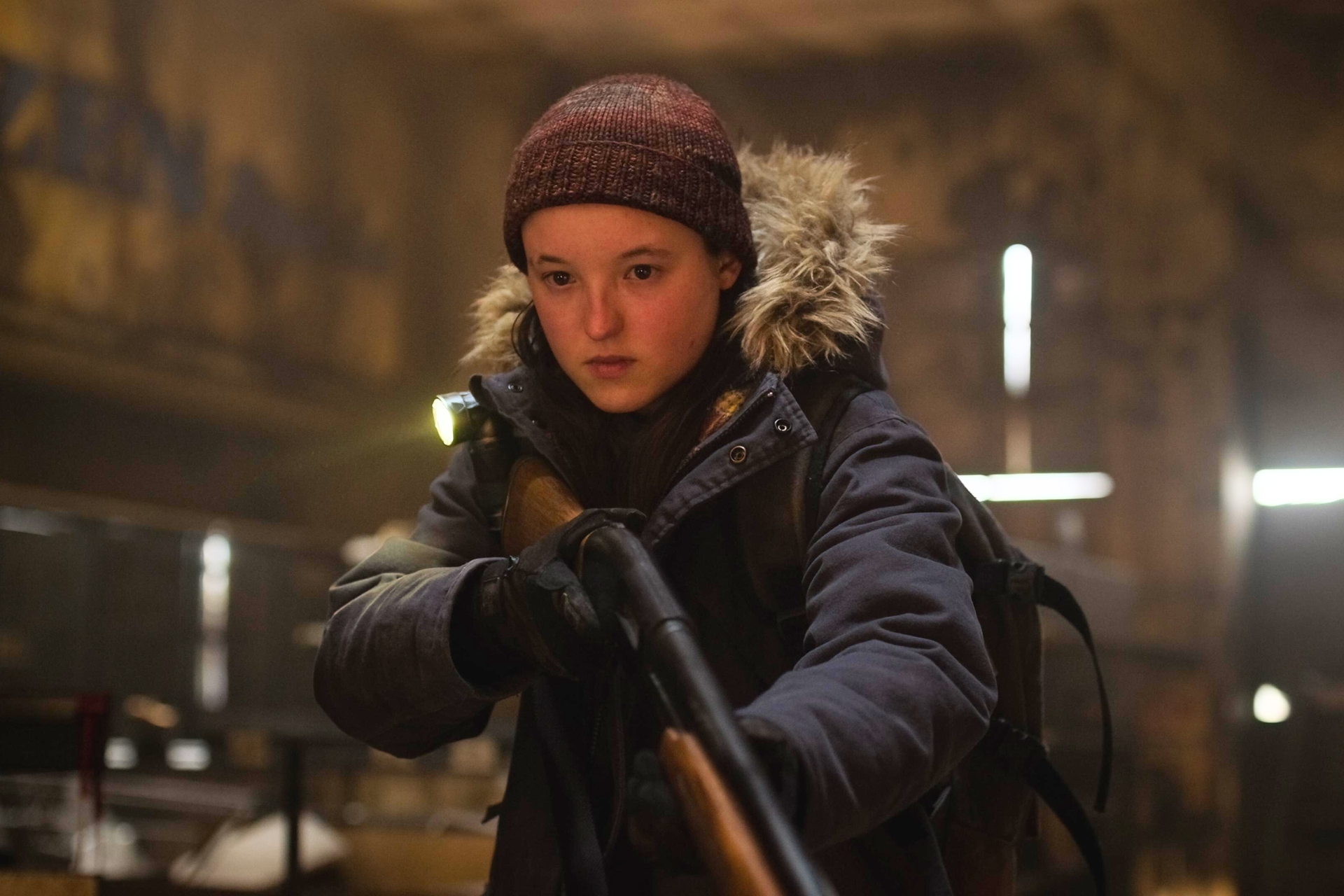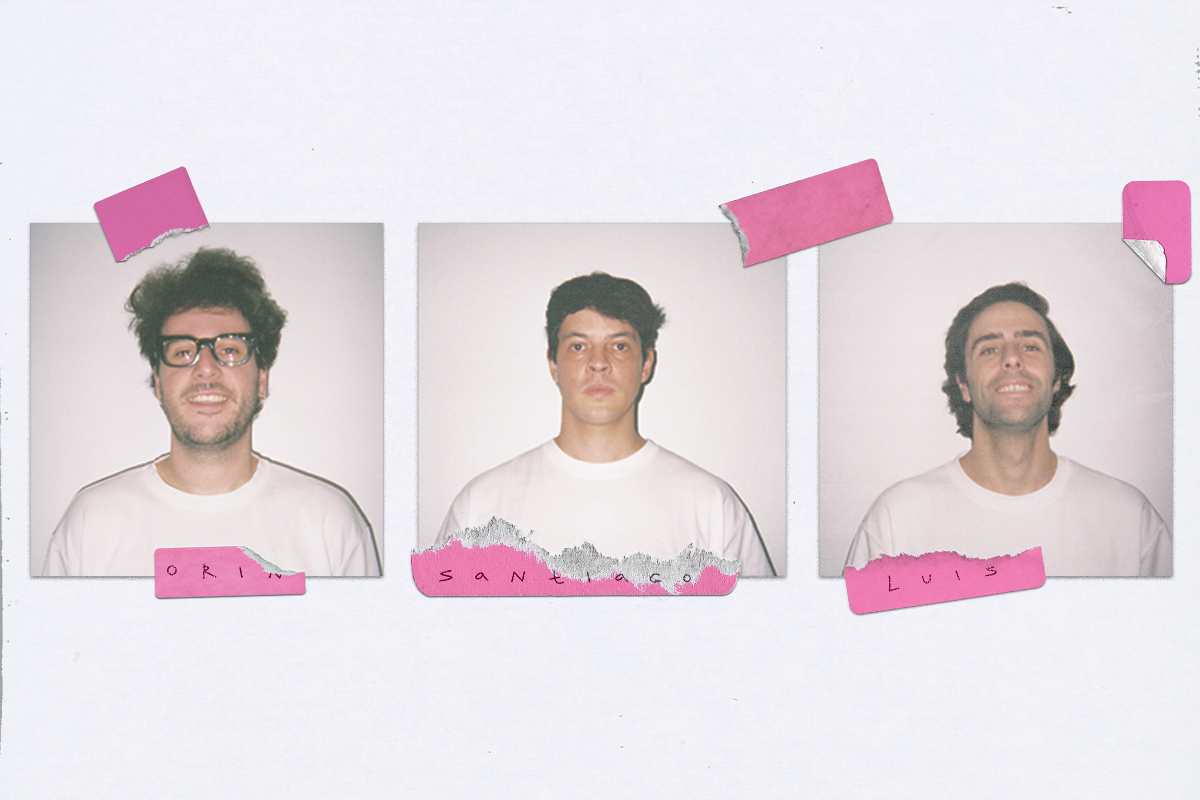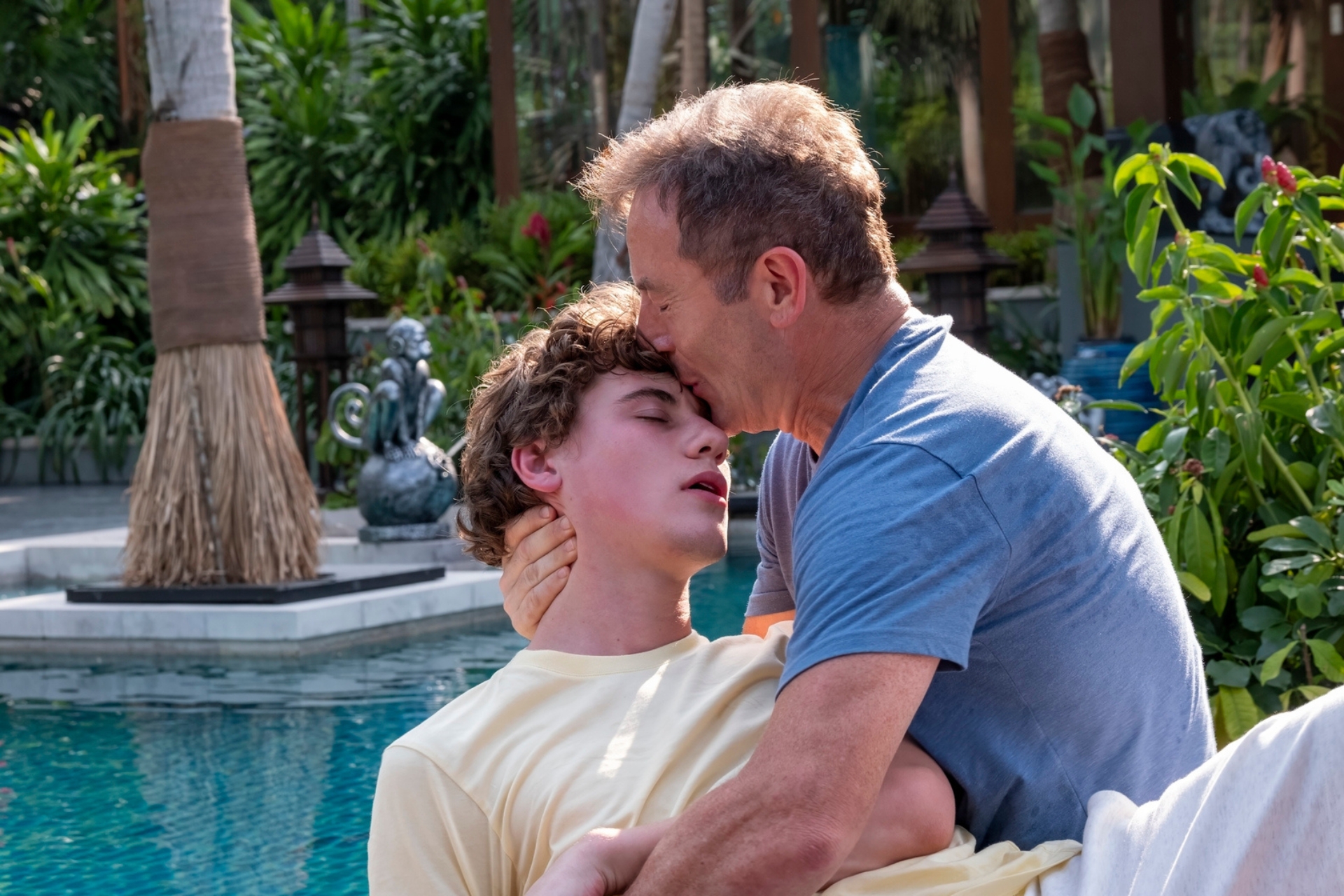Is it just us, or are films getting longer? An investigation
Have our favourite films extended their runtimes recently? Or are our attentions spans just getting shorter?
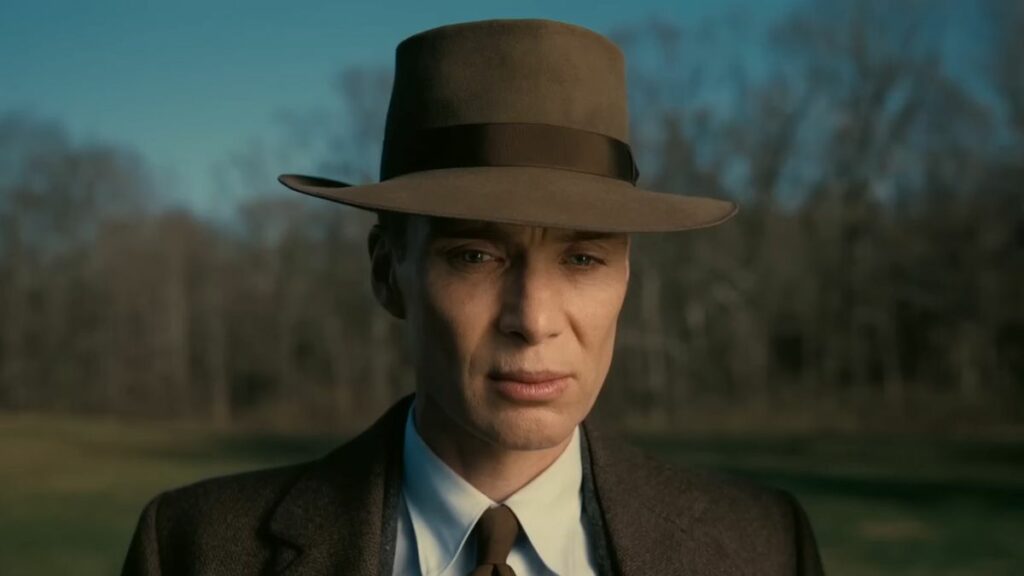
IF THE cinema-going extravaganza that is #Barbenheimer has taught us anything, it’s that long movies will never outsell their shorter counterparts. While audiences can stomach three hour screenings for masterpieces like Oppenheimer, longer films will never defeat the commercialised short-and-sweet blend of under two hour hits like Barbie in the box office.
That isn’t to say that short films are better. But for most, a quick cinema fix is far more palatable than the titanic commitment it takes to finish a film like, well, The Titanic, in a single sitting.
Barbie, with its cinema standard runtime of 113 minutes, has grossed more than AUD$750 million worldwide less than two weeks since it was released. Its opponent Oppenheimer (perhaps, ‘partner in profit,’ would be more fitting, having spurred the double-marathon), instead tests the bladder control of viewers at exactly three hours—with its film reels at IMAX showings a whopping 17 kilometres long, weighing more than 250 kilograms. Yes, making it longer than a normal airport runway.
It’s because of lengthy films like Oppenheimer that apps like ‘RunPee’, which tell you the best time to make a quick run to the bathroom, actually exist. But despite a few loo breaks needed for those who down their soft drink a little too quickly, Oppenheimer has similarly been a box office smash, grossing more than AUD$350 million. While both of 2023’s biggest openers have been successful, Barbie more than doubly so—likely, partly down to a smaller time commitment.
But Christopher Nolan has a slight edge over Greta Gerwig when it comes to the film’s critical reception.
On popular review website IMDb, Oppenheimer has an impressive 8.7/10 rating. On Rotten Tomatoes, it’s at 94/100, and on Letterboxd it’s a 4.4/5. Meanwhile, Barbie sits at 7.5/10 on IMDb, 89/100 on Rotten Tomatoes, and 4.2/5 on Letterboxd. This is, of course, a ridiculously small sample size from which to judge the success of short and long movies. However, it proves that while film buffs value long-running times, it doesn’t necessarily count at the box office.
But that doesn’t seem to faze auteurs like Martin Scorsese and Quentin Tarantino, who have long made … long films, with a new wave of filmmakers now also treating (or, subjecting, if you will) cinemagoers to three-hour blockbusters. From the more cheesy superhero flicks to sci-fi spectacles, we now need to block out a good portion of our day just to fit in such a cinematic experience. So, why is that—and is it a good thing?
Are films getting longer?
No, it isn’t just our imagination that films are getting longer—at least, the biggest box office hits are. According to data from Box Office Mojo, the average runtime of the top ten highest grossing films in 1982 was a breezy 108 minutes. By comparison, last year’s ten highest grossing films were nearly half an hour longer, averaging around 132 minutes.
Runtimes have been creeping up for years, but 2022 was the straw that broke the camel’s back. Films like Avatar: The Way of Water, Babylon, The Batman, and Elvis, all roughly three-hours-long, were not only critically-acclaimed, but also commercially successful. 2023 has been no different, with storied franchises like Indiana Jones and John Wick delivering their longest instalments ever. The changes are even coming to classic Disney films with the Little Mermaid remake running almost an hour longer than the original cartoon.
And if you thought three hours was the absolute cinema max, you’re going to have to increase your viewing threshold. Longer films await us, with Martin Scorsese’s historical crime drama Killers of the Flower Moon to take up 206 minutes (3 hours and 26 minutes) of audiences’ time upon release in October. Even a self-aware Scorsese described his latest love letter to cinema as “a commitment” during an interview with Deadline. But perhaps, it’s worth the energy—if Killers of the Flower Moon enriches your life as Scorsese indulgently promised.
Why are films getting longer?
Now that we’ve established it isn’t just our weakening attention spans making us feel like films are getting longer, let’s unpack the reasons behind the increased time.
Throughout the long and fabled history of Hollywood filmmaking, an unseen battle has been fought away from the eyes of audiences—the fight between overly ambitious directors’ lackadaisical approach to adhering to budgetary restrictions, and the desire of studio executives to minimise production costs.
Where directors see longer runtimes as a necessary facet of said artful storytelling, studios see less marketing appeal, higher costs, and ultimately, less tickets being sold. But after a series of cinematic flops infused with a hands-on approach from corporate executives, creativity is winning the battle and directors are being given more control and creative license.
With the rise and power of streaming—even garnering Oscar nominations—longer films are also a direct attack on the platforms general stay-at-home film experience. Now, if you’re going to make the arduous journey to your local cinema rather than simply waiting for a film to come to a streaming service, you want to be guaranteed an experience, a spectacle—and that’s exactly what Oppenheimer delivered. Nolan’s advice? Watch in IMAX on 70mm film.

“The sharpness and the clarity and the depth of the image is unparalleled,” Nolan told The Associated Press in an interview earlier this year. “We put a lot of effort into shooting the film [Oppenheimer] in a way that we can get it out on these large format screens. It really is just a great way of giving people an experience that they can’t possibly get in the home.”
Now, excuse us for sounding like your grandparents on this one, but older audiences do tend to have longer attention spans. In fact, the Gen Z attention span is a mere eight seconds.
It may not be because of technological conspiracies like TikTok sapping the energy out of its young users, but our brains have become accustomed to shorter bursts of content rather than an extended non-stop watch. The ability to pause and watch something on your own time is part of the reason why streaming has become so popular.
As such filmmakers opposed to the marketing bonanza of Barbie and Oppenheimer aren’t even trying to keep their runtimes down. Knowing that young people won’t be flocking to the cinemas anyway, they’re recognising that they might as well make their film for their primary audience: retirees with time to kill and nothing better to do at 1pm on a Tuesday.
What are the best long films?
Love a slow burn? Here’s ten of the best films with runtimes that eclipse the three hour mark:
Schindler’s List (1993) – 195 minutes.
The Godfather Part II (1974) 202 minutes.
Lawrence of Arabia (1962) – 222 minutes.
Oppenheimer (2022)– 180 minutes.
The Lord of the Rings: The Return of the King (2003) – 210 minutes.
Titanic (1997) – 196 minutes.
JFK (1991) – 206 minutes.
Avengers: Endgame (2019) – 182 minutes.
The Wolf of Wall Street (2013) – 180 minutes.
The Green Mile (1999) – 189 minutes.
What are the best short movies?
If you’re trying to rack up enough film knowledge to hold up your end of the bargain during a conversation with the most pretentious of film snobs, but don’t have the time for some of the longer films on your watchlist, try these 90-minutes-or-less flicks on for size:
Fantastic Mr. Fox (2009) – 87 minutes.
The Texas Chain Saw Massacre (1974) – 83 minutes.
Toy Story (1995) – 81 minutes.
The Lion King (1994) – 88 minutes.
Before Sunset (2004) – 80 minutes.
Paths of Glory (1957) – 88 minutes.
Stand By Me (1986) – 89 minutes.
Airplane! (1980) – 88 minutes.
Eraserhead (1977) – 89 minutes.
City Lights (1931) – 87 minutes.
Why are we complaining about longer films?
There’s a strange, paradoxical relationship between complaints over films being too long and viewers increasingly wanting to get their money’s worth from a film. If a bargain is what we’re looking for, shouldn’t we be thrilled that longer runtimes are giving us more bang for our buck?
Yes, for some reason we’re perfectly fine with spending six hours binge-watching a series from the comfort of our beds. But if someone invited you to watch a six-hour spectacle at the cinemas, you’d likely turn them down quicker than when Netflix asks: “Are you still watching?”
The reality is that films can be too long. There’s nothing worse than paying to watch a film, realising early on that it’s not to your taste, and having to spend the next few hours wishing you were someplace else. Not every three-hour-plus film ends up being The Godfather, The Titanic, or, yes, Oppenheimer. And while audiences might make an exception for the ‘can’t look away’ feeling that those masterpieces induce, when low-budget slashers and cheesy superhero flicks make you sit still for more than 180 minutes, there’s certain to be some twiddling of thumbs—or social media scrolling.
The COVID-19 pandemic seems to have reminded us of the value of experiencing culture in person for longer periods, rather than the instant—and sometimes, mindless—gratification TikTok offers.
And considering films like Oppenheimer continue to draw huge audiences, it’s unlikely the current course of cinema will change any time soon. So, if you don’t have the patience, or the bladder control, to sit through a three-hour film in the cinemas, we suggest you look into some quality streaming services—much to Tom Cruise, Scorsese and Tarantino’s dismay.




